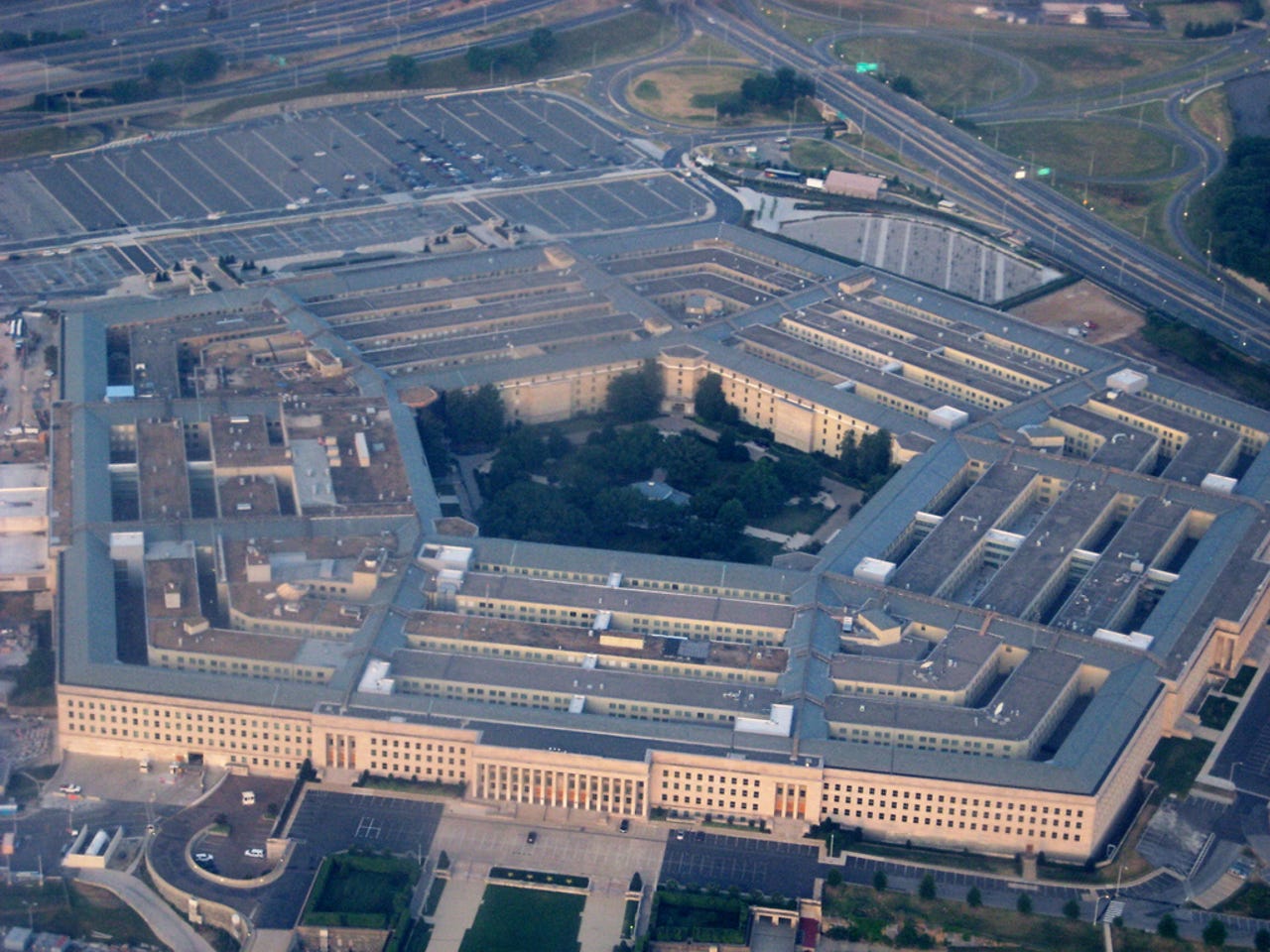After huge OPM hack, Pentagon budgets $615m for new background check IT system


Responsibility for protecting government employee data now falls to the Pentagon.
The Pentagon is planning on spending more than half a billion dollars on building an IT system to support the new National Background Investigations Bureau (NBIB).
The US Department of Defense (DoD) will soon approach the private sector to develop the new background-checking computer system, Reuters reports.
NBIB replaces the Office of Personnel Management (OPM) for security clearances after an embarrassing breach, thought to be the work of Chinese hackers, exposed personal information of 22 million government workers.
DoD deputy CIO Richard Hale told Reuters that it will request proposals from the private sector before the September 30 end-of-fiscal-year 2016. Vendors expected to bid for the work include General Dynamics, Lockheed Martin, Northrop Grumman, and Raytheon.
The White House announced last month that NBIB, a unit of the OPM, would handle clearances while responsibility for protecting employee data would fall to the Pentagon.
The OPM breach revealed that the agency had failed to encrypt any of its background check records. That shortcoming will be remedied under the Pentagon's stewardship.
Hale said at the time NBIB was announced that it will "use encryption everywhere that it's appropriate" and assess whether it would make sense to remove records from the network, the Wall Street Journal reported.
The Pentagon's fiscal 2017 budget proposal allocates $95m initial funding for the system, and an estimated $520m in additional spending through to fiscal 2021, a spokesman told Reuters.
Hale said he expected parts of the new system will be in place by the start of fiscal 2018 or possibly sooner.
Separately, the DoD is embarking on a massive Windows 10 rollout beginning this month that aims to upgrade 4 million machines running legacy Windows by February 2017.
It is thought to be the biggest Windows migration in history. DoD CIO Terry Halvorsen said the rapid transition to Windows 10 was an important step in improving its "cybersecurity posture".